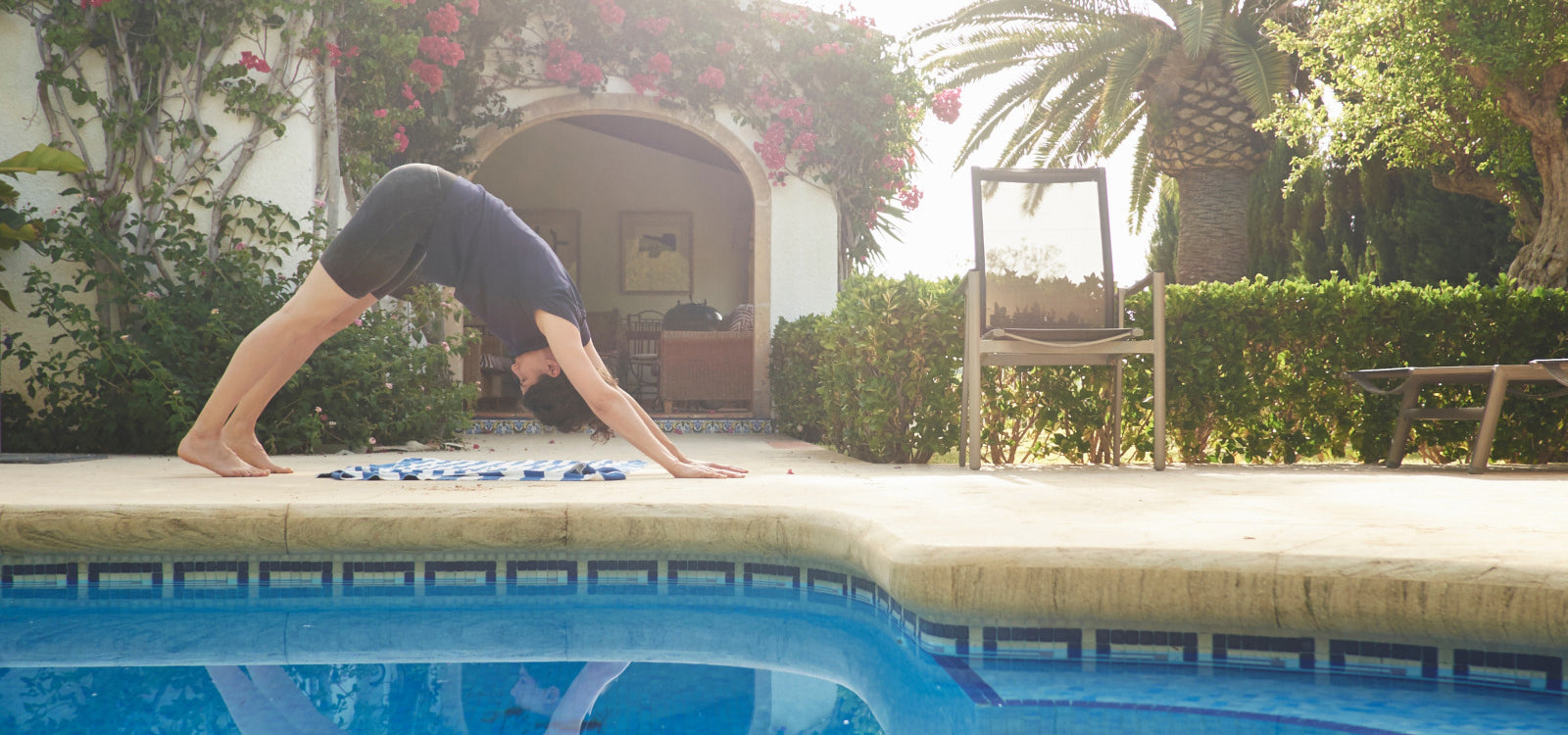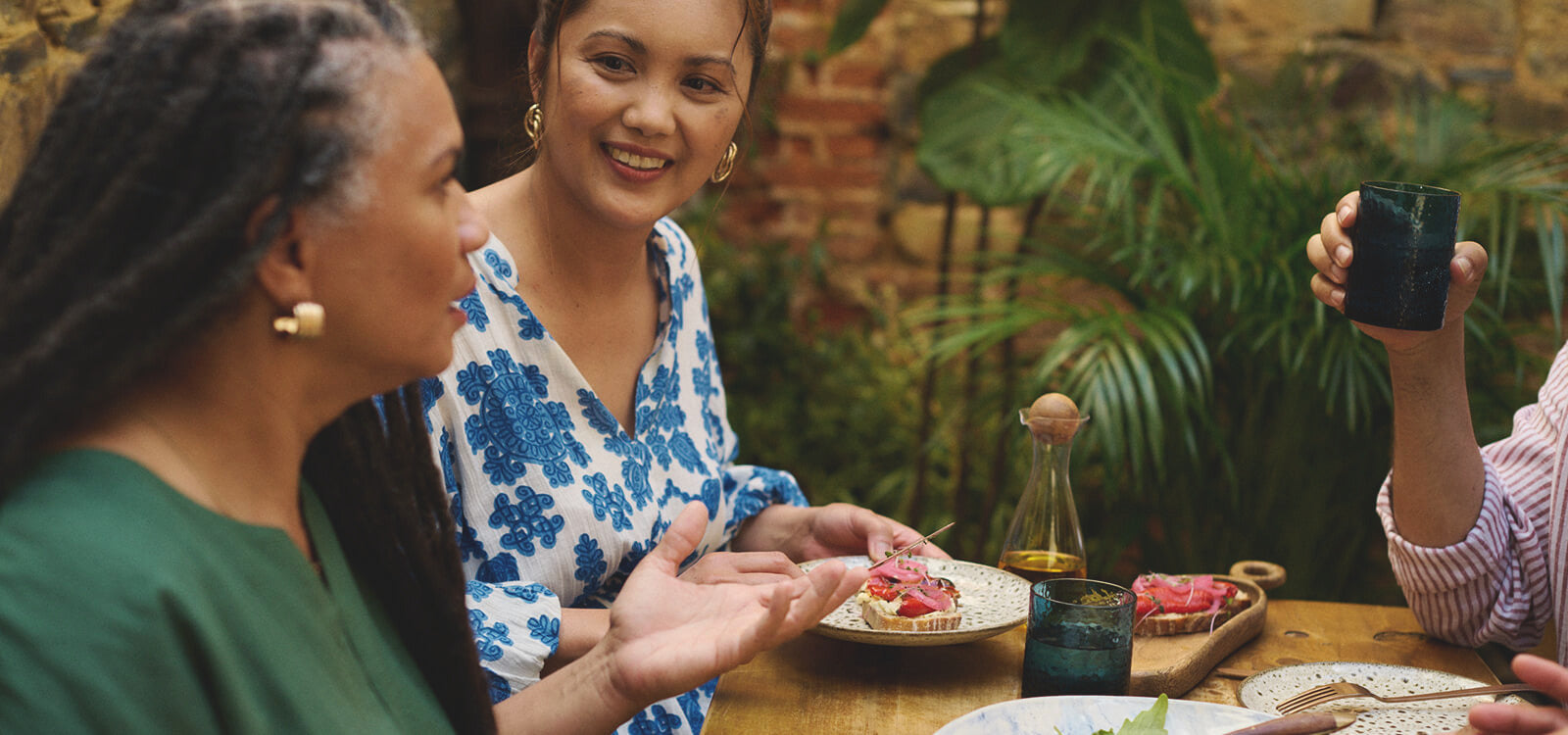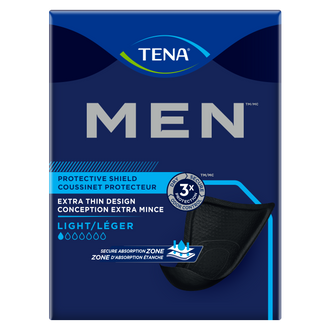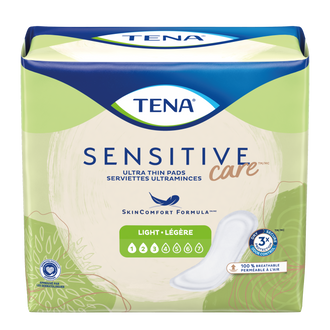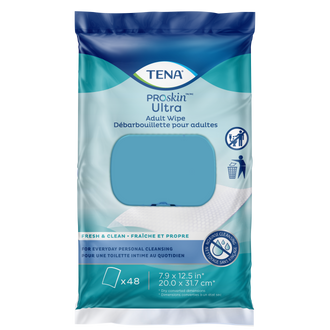Jun 11, 2024
Bladder training is a self-help method that helps you increase control over the bladder by reducing the frequency of urination. The method involves increasing awareness of patterns of incontinence and developing new habits for emptying and controlling the bladder. Together with other methods including Kegel or pelvic floor exercises as well as behavioral modification, bladder training can be an effective way to make the symptoms of bladder problems such as urge incontinence, overactive bladder and stress incontinence more manageable.
What does bladder training involve?
Bladder training is very much about developing a new attitude. One example of this is avoiding ‘just in case’ visits to the bathroom as well as last-minute rushes. During training, the bladder is gradually forced to hold increasingly larger amounts of urine as you lengthen the time between bathroom visits. Among the many techniques you can use to make this work, distracting yourself and squeezing the pelvic floor muscles instead of immediately running to the bathroom when feeling urgency are particularly useful.
How does bladder training work?
While it is proven to be effective, bladder training and control takes time and persistence. To make it work, you have to learn to think in a new way and try to ignore the feeling that you need to go to the bathroom for as long as possible. If you can successfully do this, you will find that you are able to take control of the bladder and it will become less irritable.
As you become more comfortable with suppressing feelings of urgency, gradually, over a period of weeks and months, increase the amount of time between bathroom visits. We recommend that you keep a bladder ‘diary’ where you can record the frequency of your bathroom visits, the time you ignored urgency feelings as well as your fluid intake – by this we mean, what and when you drink. This will give you an oversight of your bladder habits and help you to create an accurate schedule as described below.
Create a schedule for your bathroom visits
As far as this is possible and based on the data in your bladder diary, you can see very precisely how often you’re going to the bathroom. From this, you can add a short period of time to these times – perhaps 15 minutes – to train your bladder to wait. By being this accurate and sticking to the schedule, you’ll start to believe that you have better bladder control.
Behavioral modification
As the name suggests, behavioral modification involves adapting your lifestyle to reduce, prevent, or treat the problems of incontinence. While it most definitely includes examples of taking control, such as creating a schedule for bathroom visits, it also covers making sure you don’t drink too much/too little fluid during the day and avoiding drinks that can irritate the bladder, such as coffee and energy drinks. You can also set up a training regimen and change eating habits to lose weight, which sometimes contributes to incontinence. Another behavioral modification can involve ensuring you have healthy bathroom habits in order to avoid bladder control problems.
Pelvic floor training
Pelvic floor training involves strengthening the supportive muscles around the urethra and bladder by doing repetitive voluntary contractions. These exercises build tone and strength in the supportive muscles around the urethra and bladder, which need to stay tight to prevent urinary leakage. Many people also use Pilates as part of a self-help incontinence treatment.
Other treatment options
In addition to bladder training there are several other treatment options. Biofeedback is a method of gathering and measuring information, for example by using sensors and computer monitoring during pelvic floor training, to tell if the correct muscles are contracting. Another approach is to use a device for vaginal support, to support the urethra, bladder, vagina, uterus and rectum. Other potential treatment options include injections of bulking agents around the urethra to add supportive bulk, or various types of surgery.
